Reportar esta entrada
Más sobre la misma comunidad-colección
50º Aniversario del Campeonato de Baloncesto Masculino NCAA - 2016
50th Anniversary of NCAA Men's Basketball Championship Fifty ...
50º Aniversario del Campeonato de Baloncesto Masculino NCAA - 2016
Fifty years ago, a small school in West Texas quietly climbed ...
50º Aniversario del Campeonato de Baloncesto Masculino NCAA - 2016
50th Anniversary of NCAA Men's Basketball Championship
50º Aniversario del Campeonato de Baloncesto Masculino NCAA - 2016
50th Anniversary of NCAA Men's Basketball Championship - 2016 - ...
50º Aniversario del Campeonato de Baloncesto Masculino NCAA - 2016
50th Anniversary of NCAA Men's Basketball Championship
50º Aniversario del Campeonato de Baloncesto Masculino NCAA - 2016
50th Anniversary of NCAA Men's Basketball Championship ...
Entrenador Mark (Foots) Wilson N H Dolphins Campeones del Pequeño Tazón
Coach Mark (Foots) Wilson started his coaching career back in ...
2009-2010 N H Dolphins de nuevo juntos 2016
North HIlls Dolphins Little Bowl team gather together to show ...
Alvin Jackson con dos leyendas del fútbol americano
Standing with Steelers Super Bowl Kicker Roy Gerela and Foots ...
Escuela St. Patrick - Día de San Valentín
St Patrick School-- school kids in their El Paso Texas classroom ...
Celebración del Campeonato del NCAA de 1966 en el Gimnasio Conmemorativo
Joe Gomez with 9 OF THE 12 MEMBERS OF THE CHAMPIONSHIP TEAM
Celebración del Campeonato del NCAA de 1966
Joe Gomez with Michelle Hill, daughter of Bobby Joe Hill. We ...
Celebración del Campeonato del NCAA de 1966
Joe Gomez greeting Orsten Artis at the El Paso Airport along ...



















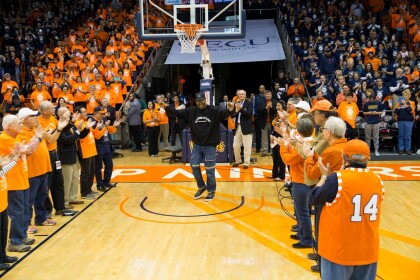

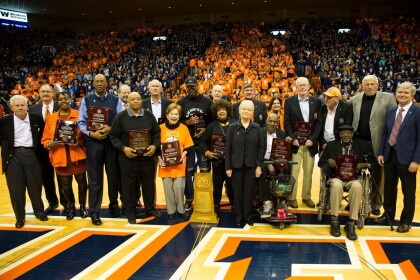


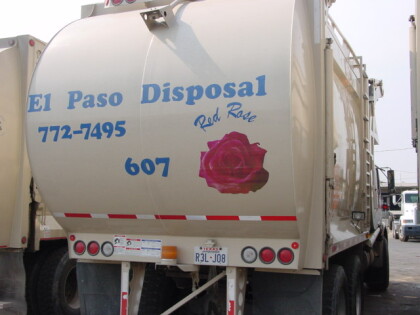



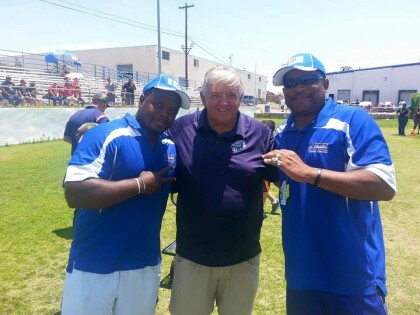


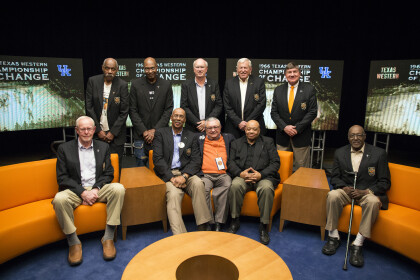


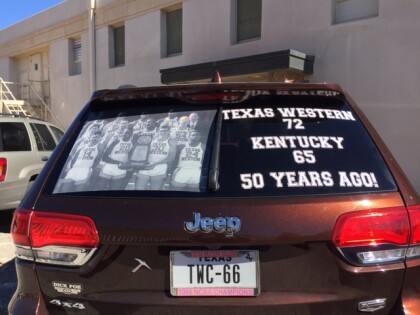
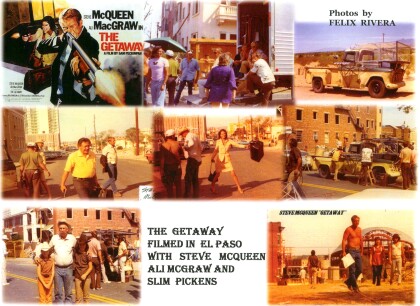
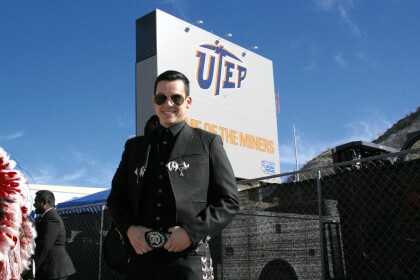
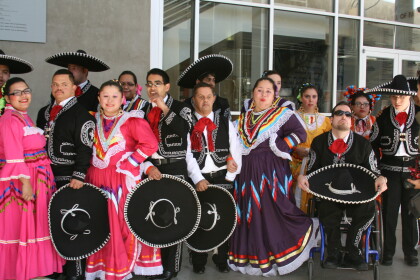
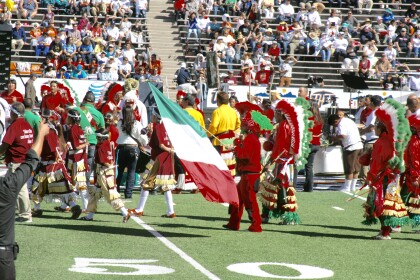
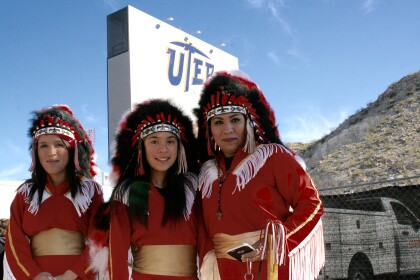
Comentarios
Hacer un comentario